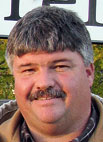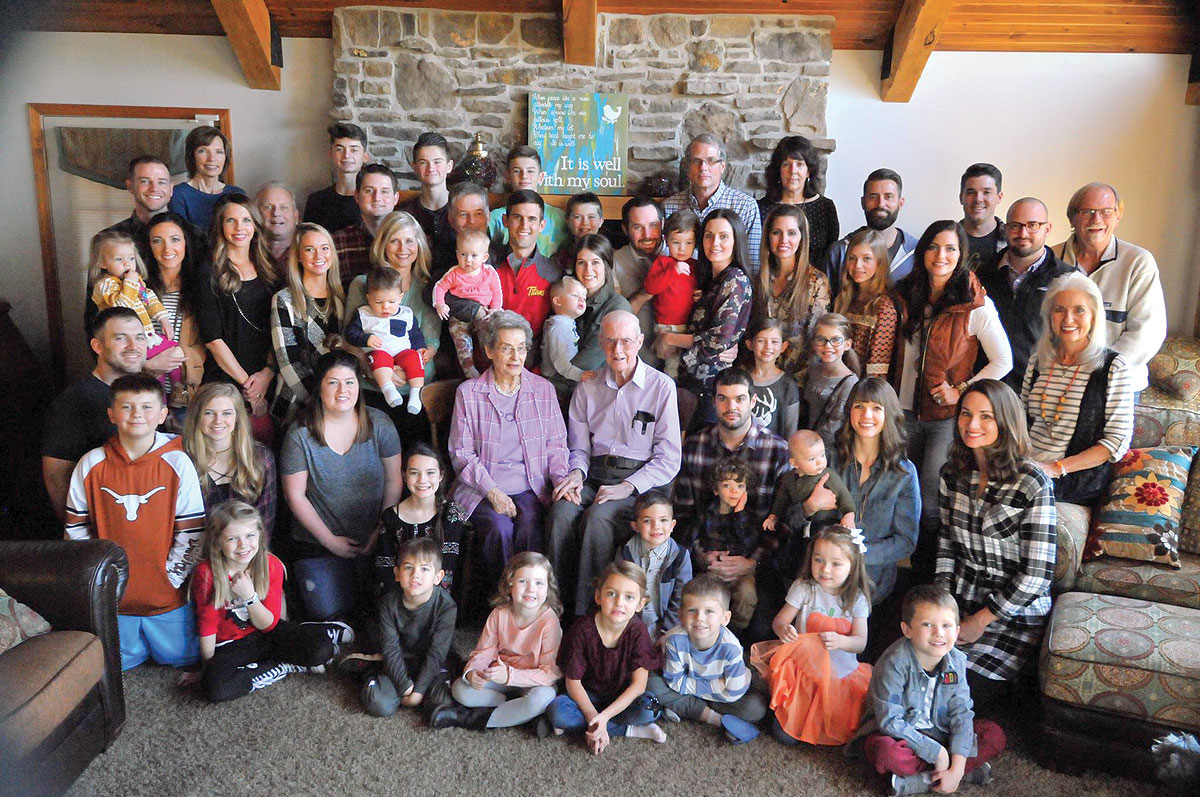
On a 364-acre farm near Fordland, Mo., in Webster County, Richard Ewing and wife, Susan, are busy. They are operating a dairy, raising beef cattle and teaching their children the value of hard work and responsibility.
Their children, 11-year-old Hadley and 8-year-old Maggie, are the sixth generation of Ewings on this farm since it was homesteaded.
There has been a dairy operation on the farm for 74 years. Richard has been running the dairy by himself for the past five years. He has 70 Holstein cows and is currently milking 53.
The family started a beef herd of Herefords in 1959 and Richard has kept it going. He prefers the beef cattle to the dairy. He said, “It’s not necessarily less work, I just like the beef cattle better than the dairy. I like the Hereford part of it, or commercial. We run commercial beef cattle, too.”
Richard conceded that the popularity of the Hereford breed, “probably declined in the ‘90s a little bit, but they’re coming back.” He added, “They’re very strong. The demand for bulls is probably the best it’s ever been.” He raises and sells Hereford bulls.
He likes Herefords because, “they’re very efficient, have good milking ability, and are very docile.” He added, “They’re attractive cattle. Their feed conversion is very high. It doesn’t take as much feed for them to gain well compared to some other breeds.”
Richard and Susan have about 50 registered Herefords and 70 commercial Hereford cows and heifers. They also own another farm (342 acres) north of Seymour, Mo.
Hadley and Maggie starting showing cattle at a young age. Richard said, “They both started showing bottle calves when they were 3 or 4.” He explained that with the age break for the National Shows, Hadley had to be 7 years old and Maggie had to be 8.
Richard selects show animals for the kids. He looks for “eye appeal and size.” He stressed, “Structure is as important as anything; structural correctness.”
This past summer was Hadley’s fourth year and Maggie’s first participating “at the big shows,” Richard explained. He said they showed at “five or six, including the Cattlemen’s Show, the National Show, the County Fair, the State Fair and the Ozark Empire Fair.”
After the kids have graduated from bottle calves and are moving up, Richard selects a show animal for them that is “six or seven months old and weighs 600 or 700 pounds. That’s what Maggie had this summer; just a small heifer.”
Hadley said he likes to show cattle “because you can win money.” He also admitted it is fun and he enjoys visiting with his friends. He meets kids that he doesn’t go to school with.
He likes showing Herefords because “You don’t have to command them as much as you would Holsteins.” Hadley believes the Herefords are easier to train and work with.
Hadley’s favorite place to show is “the Webster County Fair and then Nebraska.” He likes Nebraska because “it’s a longer drive and I like the drive.”
Richard explained, “We went to Grand Island, Neb., this summer for the National Show.”
Hadley said the most important thing to remember when you’re in the show ring is “to look at the judge.”
Maggie added that it is important “to get their (the animal’s) feet right.”
Hadley’s least favorite part of showing is “washing the animal.” But for Maggie, she said it is “scooping the poop.”
Their mother, Susan, said, “We feel blessed that the kids want to be involved in showing.” She said that she and Richard agree, “It doesn’t matter if they win or lose, as long as they do a good job in the ring. We don’t care about the ribbons or the money. It’s all good and a nice bonus, but if they do a good job that means we’ve done our job as far as training them. We feel like we do a good job if they (Hadley and Maggie) listen to us and keep their eyes on the judge and keep hold of their animal.”
Susan stated, “I hope they learn a lot of discipline and patience, because it takes a lot to do right by the act itself. So they have to have a lot of discipline and they have to be patient with themselves and their animals.”
Richard believes showing cattle is good for kids because it teaches them, “the value of hard work and what you can get out of it.”







